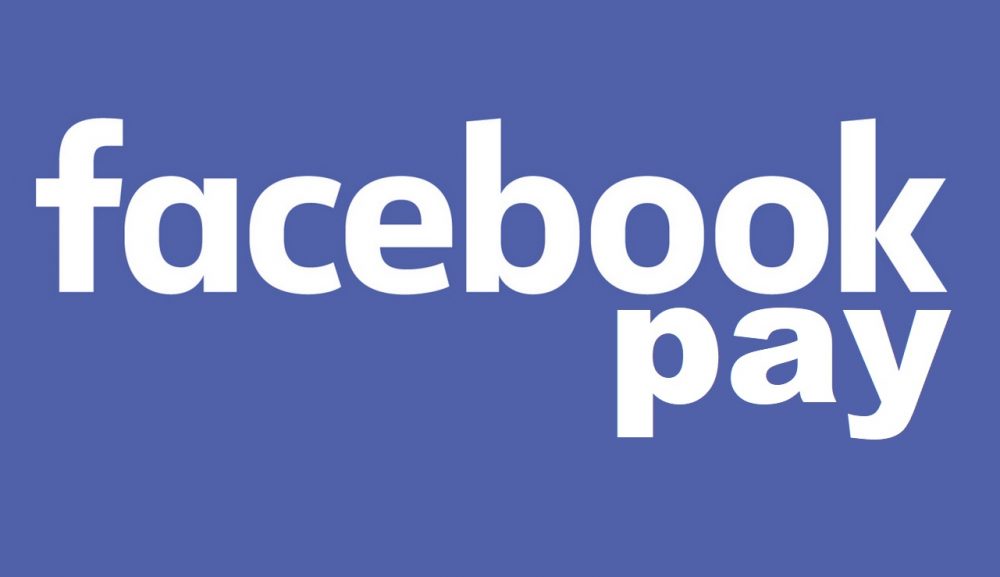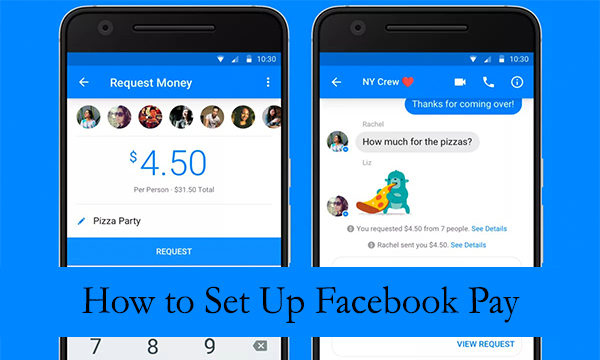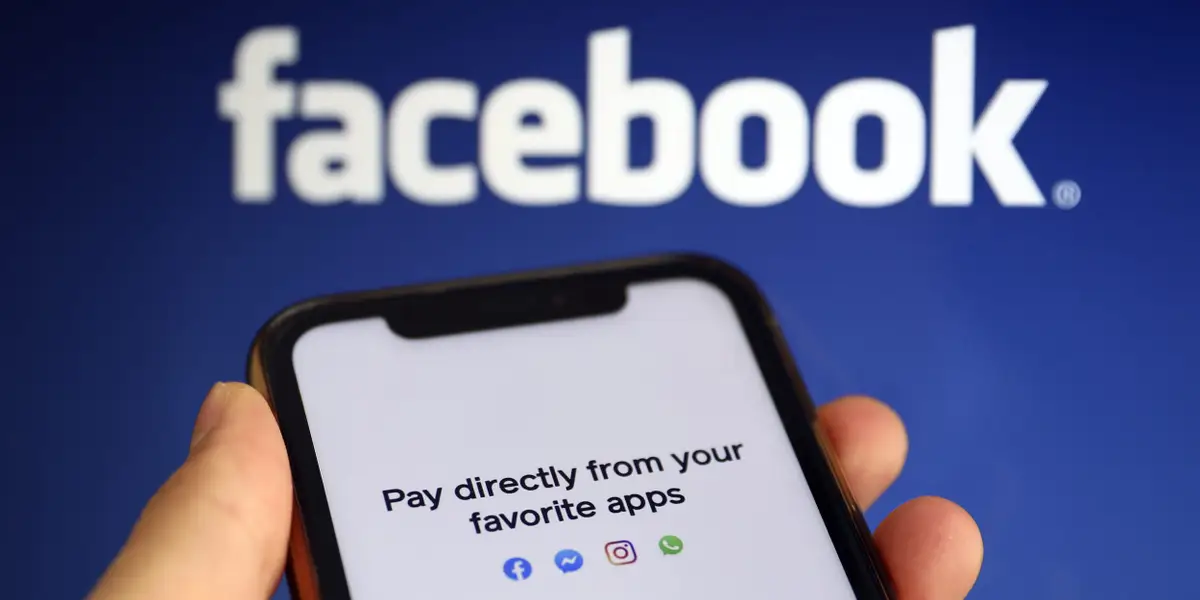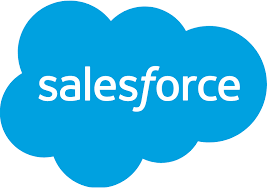In the vast and ever-evolving world of social media, Facebook has undoubtedly become a dominant force. With over 2.8 billion monthly active users, it has not only revolutionized the way we connect and share information but also transformed how businesses operate in the digital age. As more and more entrepreneurs turn to this platform to sell products or services, understanding the inner workings of its payment system is crucial. So, how does Facebook Pay work? In this article, we will dive into the intricacies of this innovative feature, exploring its benefits for individuals and businesses alike while unraveling any mysteries surrounding its functionality.
What is Facebook Pay?

Facebook Pay is the latest addition to the ever-growing online payment services available in today’s digital world. It is a secure, convenient, and highly accessible payment feature provided by Facebook. With Facebook Pay, users can make payments, send money to friends and family members, donate to fundraisers, purchase products from businesses on Facebook Marketplace and Instagram Shopping, all within the familiar environment of the social networking platform.
One of the key features that sets Facebook Pay apart is its ability to simplify transactions across all properties owned by Facebook Inc., including Messenger, WhatsApp, and Oculus. This means that users can seamlessly send money or make purchases regardless of which platform they are using at any given time. Moreover, setting up Facebook Pay is effortless; all it requires is adding your preferred payment method once and you’re good to go. With built-in security measures such as encryption for personal and financial information as well as optional additional layers like PINs or biometric authentication for extra protection during transactions, Facebook Pay prioritizes user safety. It gives users control over their transaction history by allowing them to view past payments made using the service at any point in time. Overall, this new addition strengthens Facebook’s presence in the online payments sector while providing convenience and peace of mind for its vast user base across different platforms.
Setting Up Facebook Pay: How to Get Started.

Setting up Facebook Pay is a simple and convenient way to make online payments and send money to friends and family. To get started, all you need to do is open the Facebook app on your mobile device, tap on the menu icon, and select Facebook Pay. From there, you can add a payment method such as a credit or debit card, PayPal account, or even link your bank account for seamless transactions.
One of the key advantages of using Facebook Pay is its integration across all of Facebook’s platforms, including Messenger and Instagram. This means that once you set up Facebook Pay, you can easily use it to make payments within these apps as well. Whether you’re splitting a bill with a friend or sending money for an online purchase, having this functionality streamlined across multiple platforms saves both time and effort. Furthermore, when setting up Facebook Pay, users have the option to enable additional security features like biometric authentication or requiring a PIN for transactions. This ensures that your financial information remains protected from unauthorized access. Additionally, all payment activity on Facebook Pay is encrypted and monitored 24/7 for any suspicious or fraudulent activity. With these security measures in place, you can have peace of mind while using Facebook Pay for your online transactions.
Linking Payment Methods: Connecting Your Accounts.

One of the key features of Facebook Pay is the ability to link your various payment methods and connect them seamlessly. This simplifies the process of making payments, whether you’re purchasing products on Facebook Marketplace or sending money to friends through Messenger. By linking your credit cards, debit cards, and even PayPal accounts, you can choose from a range of options when making a transaction.
The convenience of linking payment methods goes beyond just saving time during transactions. It also gives users more control over their finances and provides an added layer of security. For example, if one payment method gets compromised or expires, you can easily switch to another linked account without missing a beat. Additionally, having multiple payment methods linked allows for more flexibility in terms of managing expenses and budgeting effectively. Whether you prefer using credit or debit for online purchases or want to keep certain transactions separate from others, linking multiple accounts gives you that freedom.
Making Purchases and Sending Money: How it Works.

When it comes to making purchases and sending money, Facebook Pay simplifies the process by providing a seamless experience. With just a few taps on your phone, you can not only buy products from various businesses but also send money to friends and family effortlessly. One of the key features that sets Facebook Pay apart is its integration across multiple platforms, allowing you to make transactions within the Facebook app, Messenger, Instagram, and WhatsApp.
To make a purchase using Facebook Pay, all you need to do is link your preferred payment method – be it a credit card or PayPal – and add it to your account. Once done, you can explore the shops on Facebook Marketplace or visit Pages of brands you love to find products that catch your eye. When making a payment, you simply have to select the desired item, choose Buy Now, review your order details including shipping address and payment method before confirming the transaction. It’s that easy!
Security and Privacy: Protecting Your Information.
In an increasingly digital world, where personal information is constantly being shared and accessed online, security and privacy have become major concerns. When it comes to using services like Facebook Pay, it’s essential to understand the measures in place to protect your information. One of the key aspects of securing your data is encryption. Facebook Pay uses industry-standard encryption protocols to ensure that your financial details are kept safe during transactions. This means that any sensitive information you provide is encoded into an unreadable format before it is transmitted over the internet.
Another important aspect of ensuring security and privacy with Facebook Pay is account protection. It’s crucial to set strong passwords and enable two-factor authentication for your Facebook account. By adding this additional layer of security, even if someone gains access to your login credentials, they would still need a second code or verification method (such as through a text message) before being able to access your account or make payments via Facebook Pay. Additionally, regularly reviewing and updating privacy settings can help you control who sees your posts and other personal information on the platform.
Conclusion: The Convenience and Benefits of Facebook Pay.
In conclusion, Facebook Pay offers a plethora of benefits and convenience that make it an ideal payment method for users. Convenience is at the forefront, with its ability to seamlessly integrate with other Facebook apps such as Messenger and Instagram. This means users can easily transfer money to their friends or make purchases directly within these platforms without having to switch between different apps or websites. The simplicity and ease of use is a major draw for users looking to streamline their online transactions.
Furthermore, Facebook Pay also provides an added layer of security, giving users peace of mind when conducting financial transactions. With features like two-factor authentication and real-time fraud monitoring, it ensures that sensitive financial information remains protected from unauthorized access. This enhances user trust in using the platform for their monetary transactions. Moreover, the global reach of Facebook as a social media giant also translates into wider accessibility for Facebook Pay. Users from around the world can utilize this feature without any geographical limitations, making cross-border payments effortless and inclusive. Additionally, businesses can benefit from this versatility by reaching a larger customer base and facilitating smooth transactions with people across borders.
Also Read : Tips For Optimising Your Web Development Workflow








